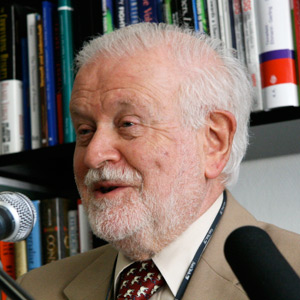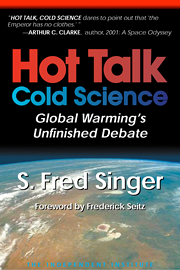Fear of a catastrophic nuclear winter gripped much of the media and political establishments, much the way fear of global warming/climate change does today.
If you are under fifty years of age, you probably never heard of Nuclear Winter. Even if you are older, you may not remember what it was all about. Popular issues go up to a peak suddenly and then just fade away slowly, according to a 1972 paradigm by Anthony Downs. Global warming/climate change may provide another good example: by 2100, people may wonder what all the fuss was about. The Paris Accord may be unfamiliar, and even the Kyoto Treaty will have been forgotten.
So for those who might not remember, here is a succinct summary of N.W. from Wikipedia:
Nuclear Winter is the severe and prolonged global climatic cooling effect hypothesized to occur after widespread firestorms following a nuclear war. The hypothesis is based on the fact that such fires can inject soot into the atmosphere, where it can block [some] direct sunlight from reaching the surface of the Earth. It is speculated that the resulting cooling would lead to widespread crop failure and famine. In developing computer models of nuclear-winter scenarios, researchers use the convention [of] the Hiroshima ... firestorm in World War II as an example where soot might have been injected into the stratosphere, alongside modern observations of natural, large-area wildfire/firestorms.
Nuclear Winter burst on the academic scene in December 1983 with the publication of the hypothesis in the prestigious journal Science. It was accompanied by a study by Paul Ehrlich, et al. that hinted that it might cause the extinction of human life on the planet.
The five authors of the Nuclear Winter hypothesis were labeled TTAPS, using the initials of their family names (T stands for Owen Toon and P stands for Jim Pollak, both Ph.D. students of Carl Sagan at Cornell University.) Carl Sagan himself was the main author and driving force.
Actually, Sagan had scooped the Science paper by publishing the gist of the hypothesis in Parade magazine, which claimed a readership of 50 million! Previously, Sagan had briefed people in public office and elsewhere, so they were all primed for the popular reaction, which was tremendous.
Many of today’s readers may not remember Carl Sagan. He was a brilliant astrophysicist but also highly political. Imagine Al Gore, but with an excellent science background.
Sagan had developed and narrated a television series called Cosmos that popularized astrophysics and much else, including cosmology, the history of the universe. He even suggested the possible existence of extraterrestrial intelligence and started a listening project called SETI (Search for Extraterrestrial Intelligence). SETI is still searching today and has not found any evidence so far. Sagan became a sort of icon; many people in the U.S. and abroad knew his name and face.
Carl Sagan also had another passion: saving humanity from a general nuclear war, a laudable aim. He had been arguing vigorously and publicly for a “freeze” on the production of more nuclear weapons. President Ronald Reagan outdid him and negotiated a nuclear weapons reduction with the USSR.
In the meantime, much excitement was stirred up by Nuclear Winter. Study after study tried to confirm and expand the hypothesis, led by the Defense Department (DOD), which took the hypothesis seriously and spent millions of dollars on various reports that accepted Nuclear Winter rather uncritically.
The National Research Council (NRC) of the National Academy of Sciences published a report that put in more quantitative detail. It enabled critics of the hypothesis to find flaws – and many did. The names Russell Seitz, Dick Wilson (both of Cambridge, Mass.), Steve Schneider (Palo Alto, Calif.), and Bob Ehrlich (Fairfax, Va.) (no relation to Paul Ehrlich) come to mind. The hypothesis was really “politics disguised as science.” The whole TTAPS scheme was contrived to deliver the desired consequence. It required the smoke layer to be of just the right thickness, covering the whole Earth, and lasting for many months.
The Kuwait oil fires in 1991 produced a lot of smoke, but it rained out after a few days. I had a mini-debate with Sagan on the TV program Nightline and published a more critical analysis of the whole hypothesis in the journal Meteorology & Atmospheric Physics. I don’t know if Carl ever saw my paper. But I learned a lot from doing this analysis that was useful in later global warming research. For example, the initial nuclear bursts inject water vapor into the stratosphere, which turns into contrail-like cirrus clouds. That actually leads to a strong initial warming and a “nuclear summer.”
In any case, Sagan forgave me for questioning the scientific underpinnings of his hypothesis. In 1996, I received a cordial letter from Carl just before he passed away – he was only 62 at the time. I wonder now if he might have reacted differently had he read my paper; I had chided him for misusing science to promote a political goal. RIP, old friend!










